The Cooper has swallowed Mini’s hatch whole and Corvette will become a standalone brand in 2025, but they’re not the only models and trims with big ambitions
4 hours ago
 –>
–> 
–>
Mini is currently drip-feeding us tech details about its new 2025 hatch, the most radical update for the two-door Mini since BMW replaced the classic 1959-derived version with a modern hatch in 2001. The new buzzbomb has angular styling, a bespoke EV platform and will be built in China and Germany, though a revised version of the current ICE Mini hatch will still be built in the UK.
But equally historic is BMW’s decision to rebrand the Mini hatch (or hardtop as its called in the U.S.) as the Cooper, a name always reserved for more sporting versions of the Mini going back to 1961. The basic electric Cooper E receives a 181 hp (135 kW / 184 PS) motor up front and a 40.7 kWh battery, while the 215 hp (160 kW / 218 PS) Cooper SE benefits from a bigger 54.2 kWh power pack.
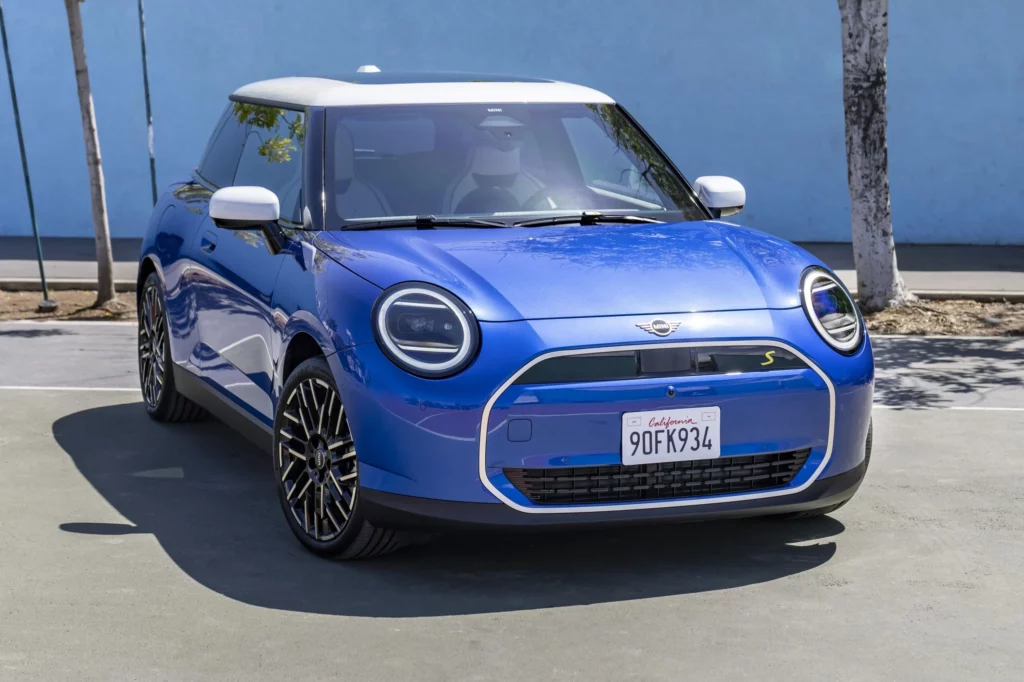
Related: New 2025 Mini Cooper EV’s Overhauled Interior Revealed
But the Cooper isn’t the only trim grade to become a car in its own right, and neither is Mini’s transformation from one car in Rover’s lineup to an entire brand fielding a family of cars under the BMW umbrella that unusual. Let’s take a look at the other trims and models that had dreams of making it big.
advertisement scroll to continue
Cupra
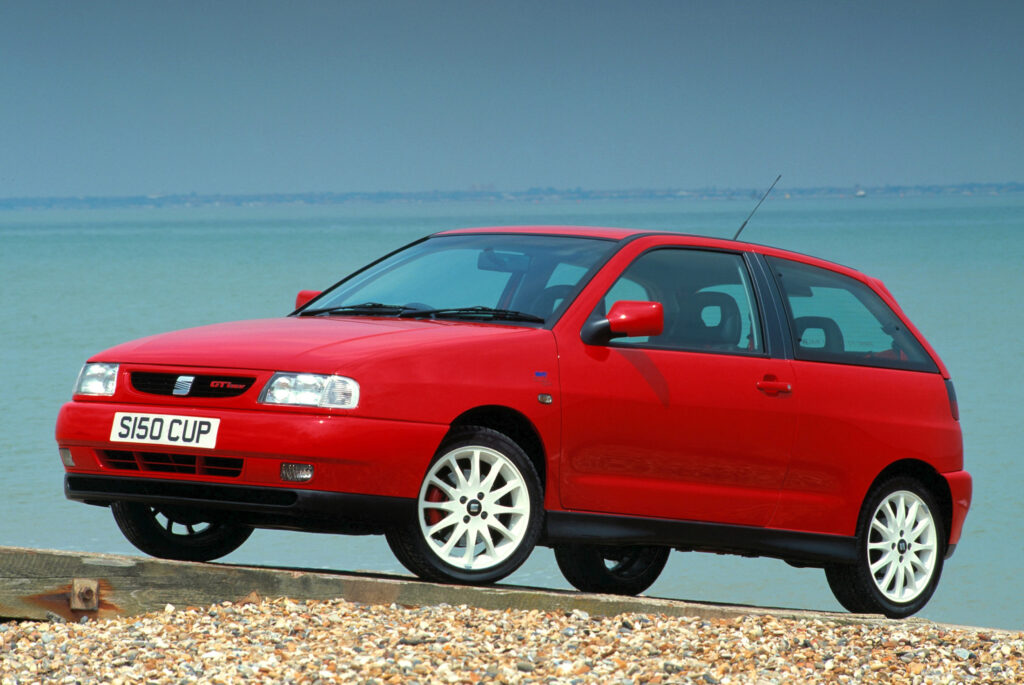
Seat first used the Cupra (Cup Racing) name in 1996 on a hot Ibiza built to celebrate victory in that year’s 2.0-Liter World Rally Cup championship. A Leon Cupra hot hatch followed in 2000, but few could have imagined then that Cupra might one day overtake the entire Seat brand.
VW spun Cupra off as a Seat subsidiary in 2018, allowing it to produce standalone vehicles like the Formentor, and the VW ID.3-based Born, while struggling Seat – which to this day lacks an EV of any kind – looks like it might leave the car business altogether to become an urban mobility brand selling scooters and quadricycles.
Genesis
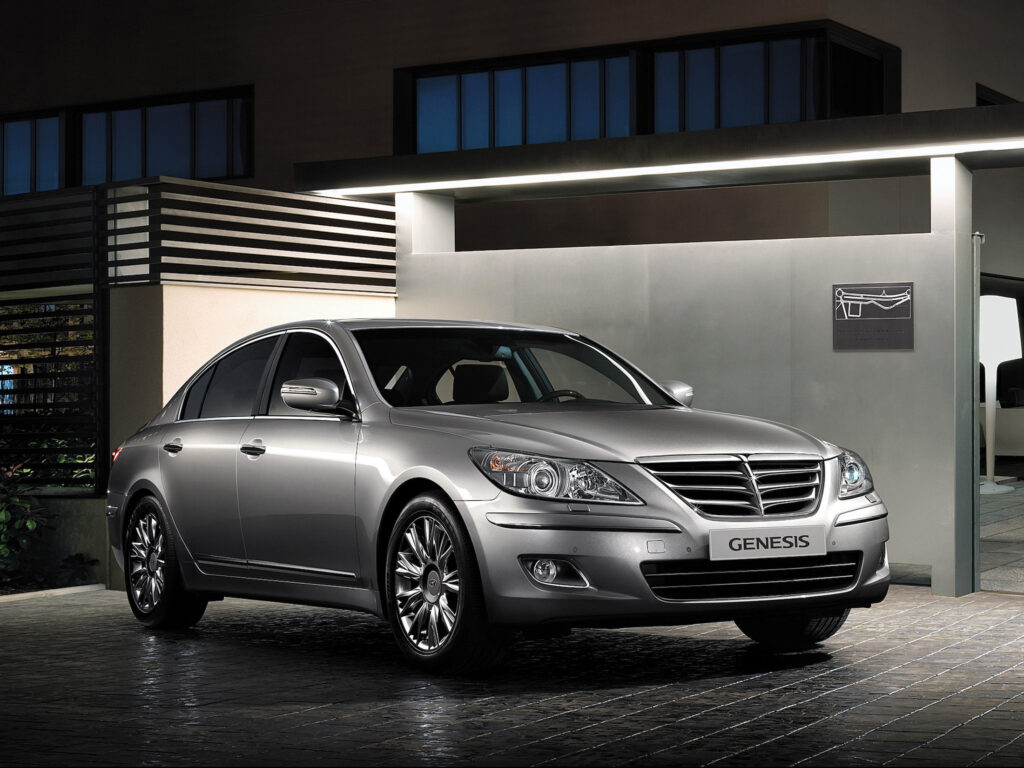
America got its first taste of the Genesis brand at the 2008 North American International Auto Show when Hyundai introduced a new flagship sedan aimed at BMW’s 5-Series and available with V8 power. Seven years and another generation, plus a Hyundai Genesis coupe later, and clearly with ideas of replicating Lexus’s massive North American success in its mind, Genesis became a brand in its own right, announcing its first car, the G90 sedan.
Corvette
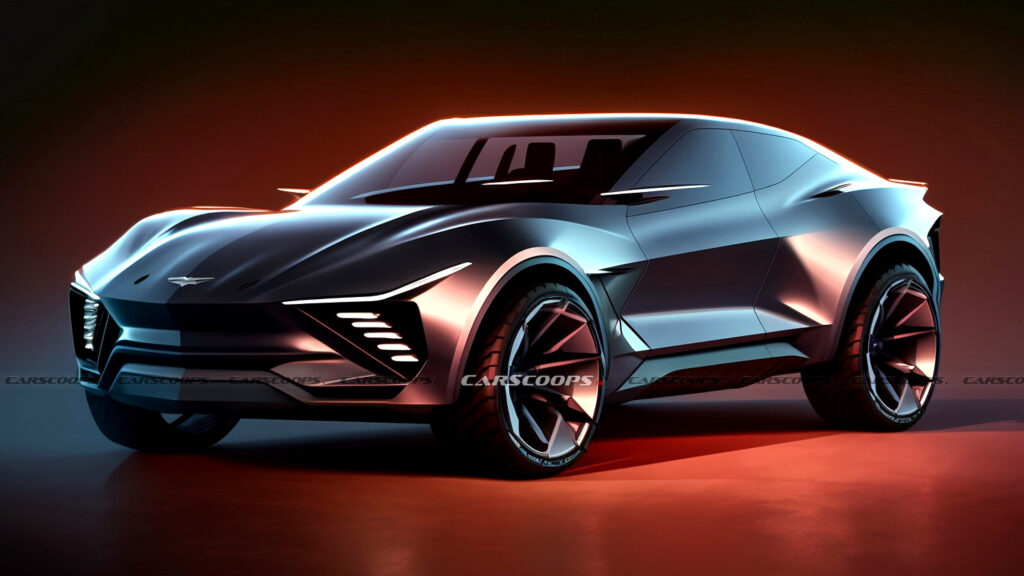
Corvette has often felt like a brand its own right, but in reality it’s part of the Chevrolet family and has only ever produced one model at a time. That will all change for the 2025 model year when Corvette becomes its own brand and begins to roll out a fleet of more practical, but still wickedly fast SUVs and a four-door coupe to sit alongside the multiple variants of the mid-engined C8 sports car. It’s a script straight out of Porsche’s playbook and it will change the way we think about Corvettes forever.
Golden Era Muscle

When muscle fever hit America in the early-to-mid 1960s Detroit rushed to put together high performance option packages for its mid-size sedans. Making the 389 cu-in (6.5-liter) GTO an option on the Tempest helped Pontiac sidestep a GM corporate ban on selling intermediates with engines bigger than 330 cu-in (5.4 liters), but the GTO was so popular that by 1966 it had moved from an option to a standalone model, albeit still very much based on the Tempest. When interest in muscle cars waned in the 1970s though, many of the classic cars like the GTO, AMC’s AMX and Plymouth’s Road Runner reverted to option status before dying altogether.
Nissan GT-R
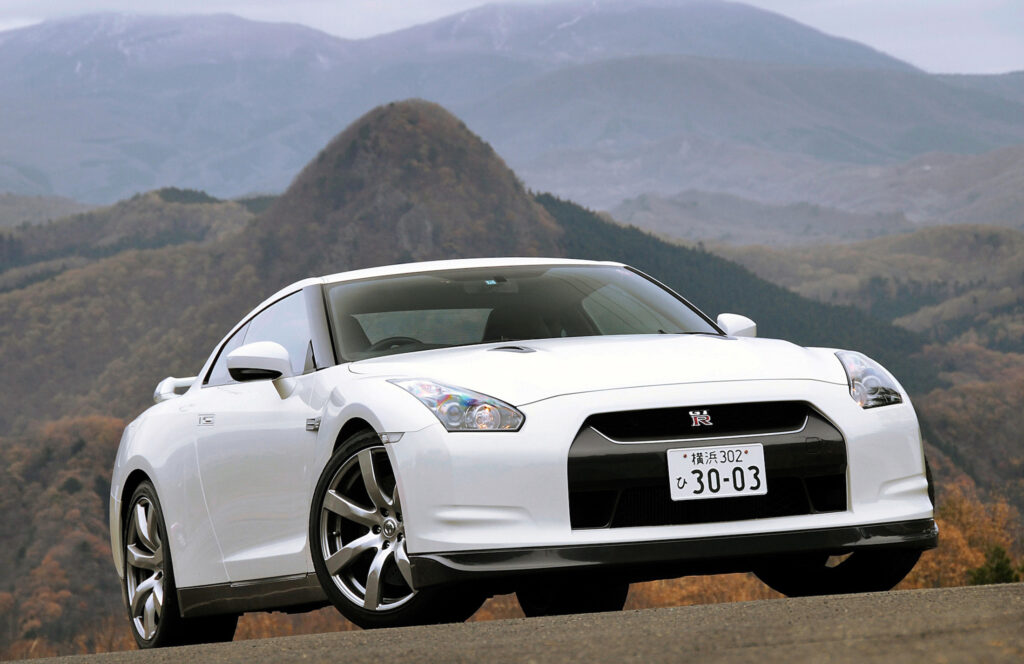
Related: This Nissan Skyline GT-R M-Spec Is Worth Over $600,000
Though muscle cars like the Pontiac GTO and Oldsmobile 4-4-2 became broke away to become their own models, that was only really a marketing distinction. At heart they were still basically trim grades. But when Nissan broke up the Skyline / GT-R partnership to let the GT-R go solo for the 2009 model year, the reincarnated Godzilla was new from the ground up, sharing almost nothing with the Skyline.
DS
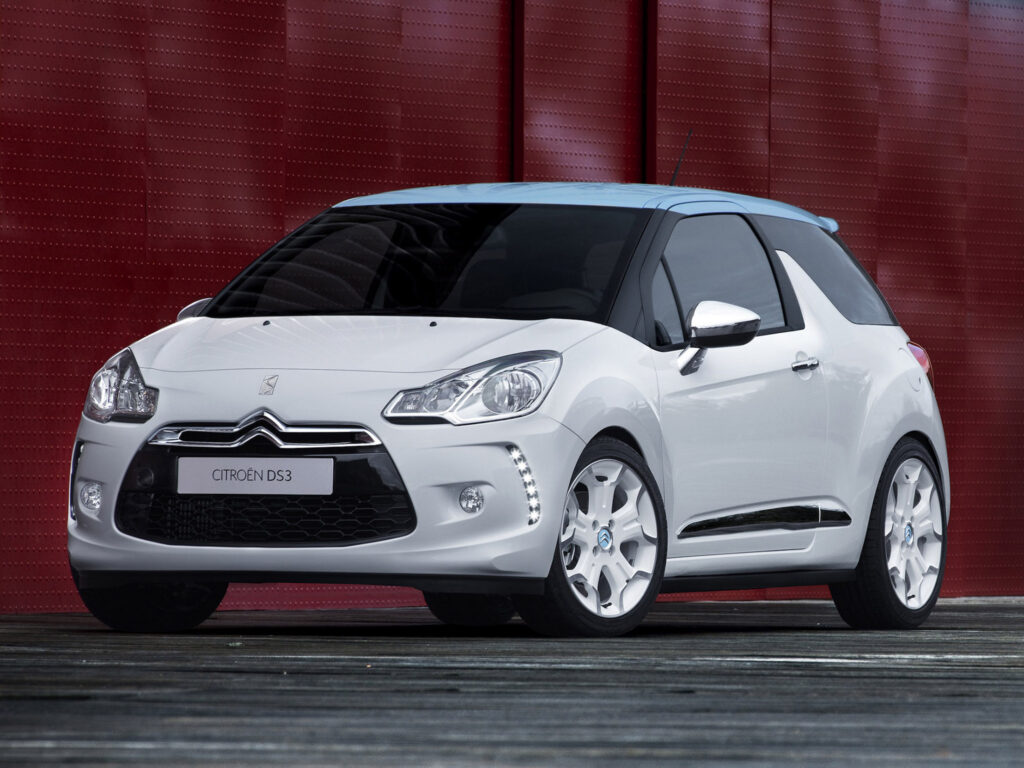
The charmingly utilitarian 2CV might be Citroen’s most famous car, but the groundbreaking DS luxury sedan built between 1955-75 is the one the brand wanted to remind us about when it launched the C3-based DS3 in 2009 as France’s answer to the Mini. Citroen followed it up with the larger DS4 in 2010 and DS5 a year after that, but a move to separate DS from Citroen in Asia in 2012 hinted at what lay in store for the sub-brand.
The pre-Stellantis, pre-Opel takeover PSA Group consisted of Peugeot and Citroen, neither name capable of cutting it as a premium brand. So DS became an independent marque in 2015 and has been struggling to convince everyone its a viable Audi rival ever since.
Polestar
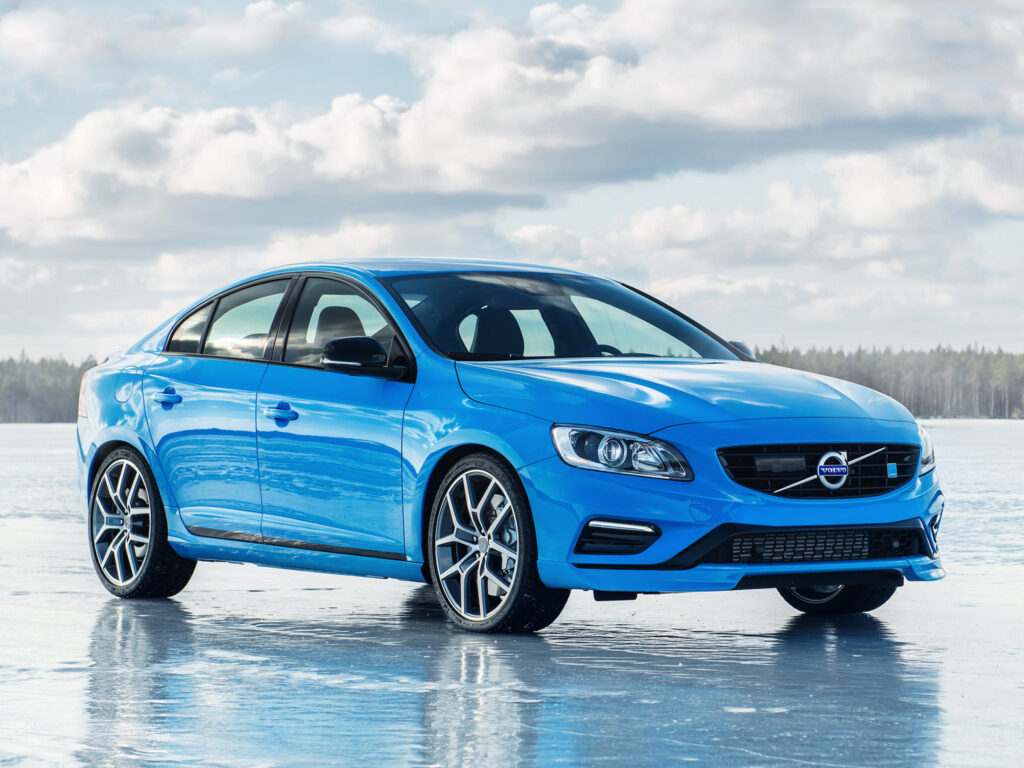
Much like AMG began as an independent company modifying Mercedes cars for racing, before eventually being taken over by Mercedes itself, so Polestar was founded to win on the track, not in the showroom. Originally called Flash Racing, it built Volvos for Sweden’s Touring Car Championship in the late 1990 and was rebranded Polestar Racing in 2005. Four years later it signed a deal to develop high performance road cars for Volvo, who bought the company outright in 2015, making it part of the Geely empire. Polestar was then taken public in 2022.
RAM
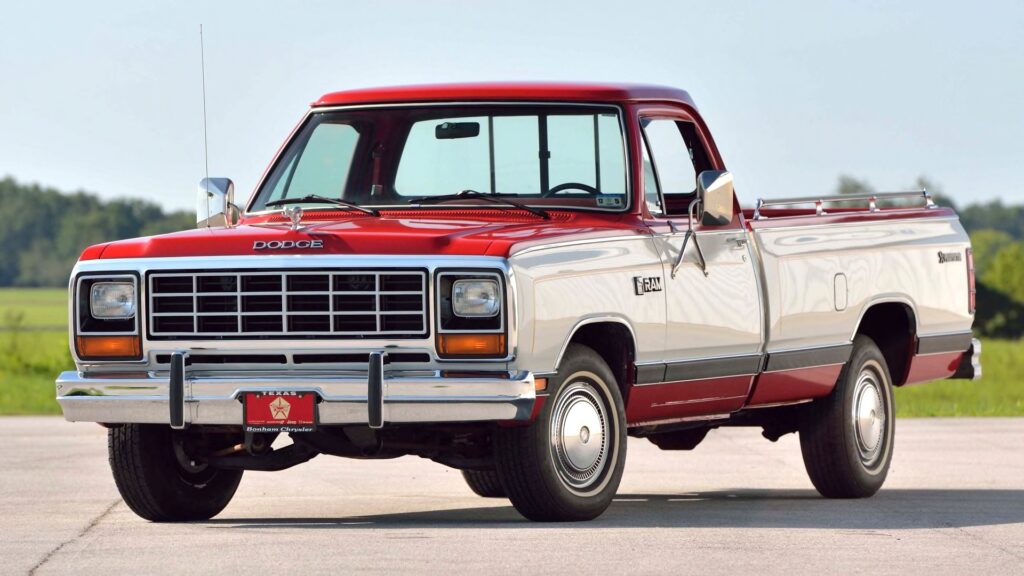
Through the Ram mascot had been used on Dodge trucks in the years either side of WWII, it wasn’t until the fall of 1980 that the first proper Dodge Ram truck appeared. Thirty years later, just after Dodge parent company Chrysler’s merger with Fiat, Ram Trucks was established as an entirely separate division.
Range Rover And Defender
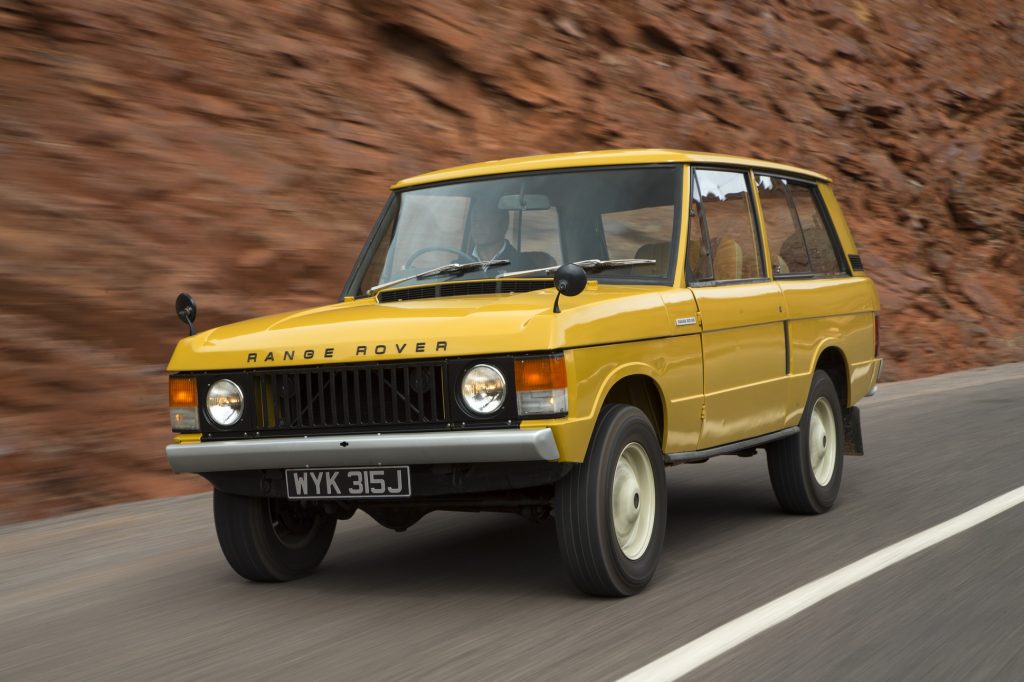
The Range Rover made its debut in 1970 as a new luxury off-roader from the Land Rover brand, and that’s how things stayed for the next 35 years. But then the Range Rover family expanded with the arrival of the Range Rover Sport (2005), Range Rover Evoque (2011) and Range Rover Velar (2017). Fast forward to 2023 and Range Rover, Defender and Discovery have all been spun off as distinct brands, leaving Land Rover twiddling its thumbs, though the brand will live on in the name of parent company Jaguar Land Rover.

 <!–
<!– –>
–> 
